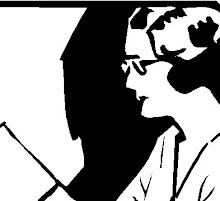
This card was printed in Germany and refers to the abbreviated "Xmas" rather than Christmas in full. It is interesting I had thought that XMAS was a relatively new invention designed for lazy people who did not want to get writers cramp by writing Christmas in full.
According to the Christian website called The Voice
By the fifteenth century "Xmas" emerged as a widely used symbol for Christmas. In 1436 Johannes Gutenberg invented the printing press with moveable type. In the early days of printing typesetting was done by hand and was very tedious and expensive. As a result, abbreviations were common. In religious publications, the church began to use the abbreviation C for the word "Christ" to cut down on the cost of the books and pamphlets. From there, the abbreviation moved into general use in newspapers and other publications, and "Xmas" became an accepted way of printing "Christmas" (along with the abbreviations Xian and Xianity). Even Webster’s dictionary acknowledges that the abbreviation Xmas was in common use by the middle of the sixteenth century
Another site, Stagewrite notes thatThis abbreviation for Christmas is of Greek origin. The word for Christ in Greek is Xristos. During the 16th century, Europeans began using the first initial of Christ's name, "X" in place of the word Christ in Christmas as a shorthand form of the word. Although the early Christians understood that X stood for Christ's name, later Christians who didn't understand the Greek language mistook "Xmas" as a sign of disrespect. It's not. Get over it.
Well, in any case, the women in 1910 really knew how to dress up to go skating in fancy hats and furs. They knew how to make an event out of "Xmas".










 Stumble It!
Stumble It!

No comments:
Post a Comment